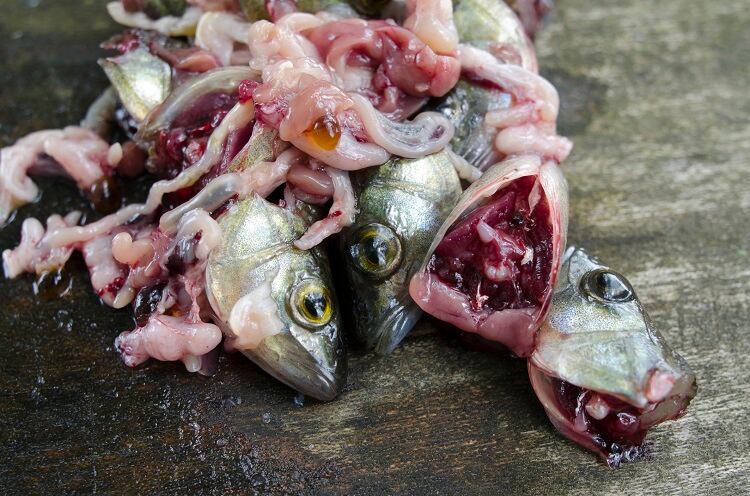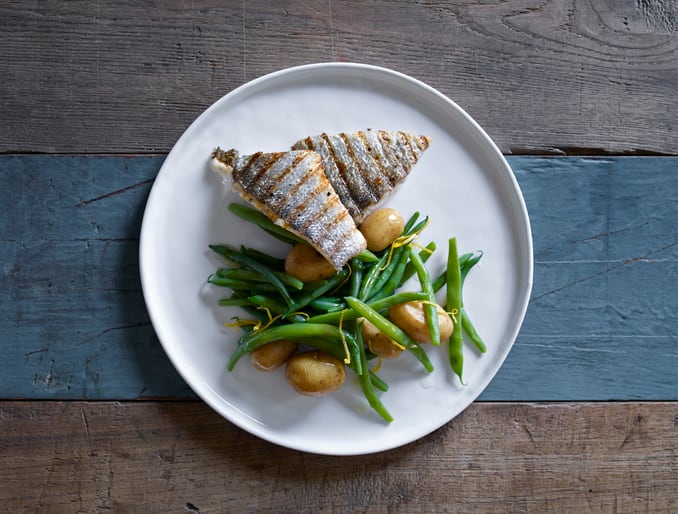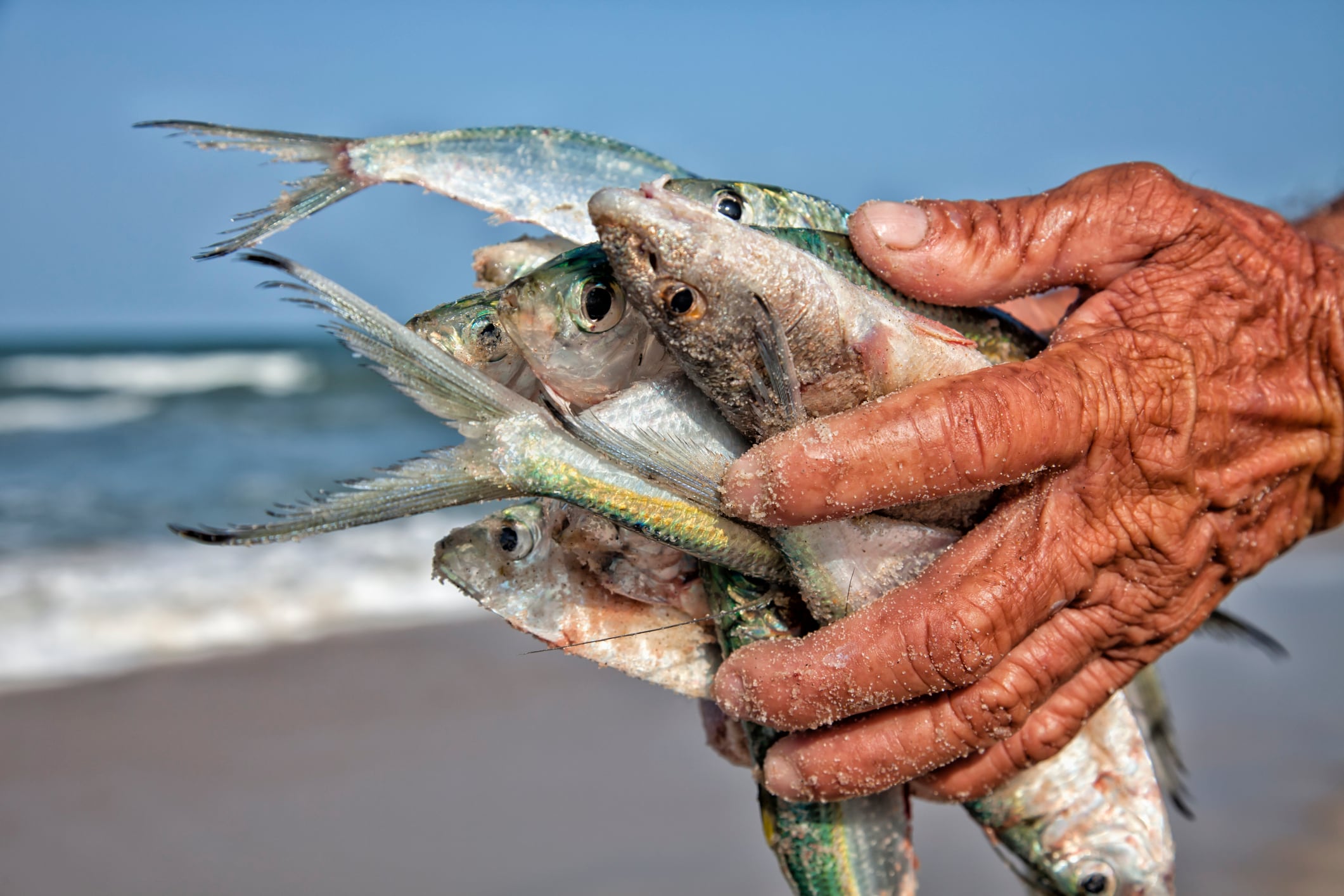High daily consumption of omega-3 polyunsaturated fatty acids, such as EPA and DHA, is associated with reduced risk of heart disease and improved cognitive function.
Acknowledging their health benefits, government agencies such as the European Food Safety Authority (EFSA) recommend a minimum daily intake. In the case of EFSA, an intake of 250mg EPA and DHA is advised daily.
This could be achieved by consuming two to three servings of fish per week, including oily fish.
However, western and Asian diets are not meeting this threshold. This could be due to a variety of factors: consumer dislike of the flavour of fish and seafood, lack of availability, or an uptick in vegan and vegetarian diets.
How can omega-3 consumption be increased in an effective and sustainable way?
Food fortification
Even without factoring in the sustainability element, increasing omega-3 intake is challenging, explained SINTEF research manager Heidi Johnsen at a recent European Food Forum (EFF) event.
The obvious solution is to encourage more fish consumption, however as mentioned, not all consumers are keen. Taking a daily oil, such as cod liver oil, is another option. But similar challenges are likely to remain, given that it tastes and smells ‘fishy’.
Alternatively, omega-3 macrocapsules could be taken daily on top of consumers’ regular food take. “However, many of those most in need of increased intake, such as elderly people, might have difficulties swallowing macrocapsules,” said Johnsen.
The other potential solution, which the SINTEF researcher suggested could be the most effective, lies in fortifying food products with omega-3. This comes with its own challenges, notably that unsaturated fatty acids are easily degraded by oxidation in air and light. This produces free radicals, leading to ‘unpleasant tastes’ and ‘off flavours’.
Therefore, omega-3 cannot be ‘simply added’ to food formulation. The fatty acids need to be ‘protected’, so as not to negatively impact the finished product’s sensory properties and shelf-life.
‘A challenging field’
Several researchers and companies are working to overcome these hurdles by protecting the oil and masking its smell and taste.
One way to do this is by leveraging antioxidants. These can be synthetic or natural, such as rosemary extract. This was the technique employed by German research institute Fraunhofer, when it developed an omega-3 fortified sausage product back in 2013.
“They used antioxidants in emulsions trying to protect the omega-3,” recalled Johnsen. “To my knowledge, these [sausages] are no longer available on the market, also showing that this is not straight forward.”

The other option available to R&D teams is encapsulating the fatty acids inside microcapsules. “These microcapsules are so tiny, a 100th of a millimetre [in size], so you cannot identify them in food with the naked eye, nor taste them when you chew,” we were told.
“The idea is to protect the fatty acids all the way from when the food is produced until it’s consumed, and then these tiny capsules will release their fatty acid cargo in your intestines for uptake.
“It is still a challenging field and research is ongoing.”
Other food products to have been enriched with omega-3 in recent times include Barilla pasta, Quaker granola bars, and Jif peanut butter.
Further innovations in the omega-3 space include BASF’s encapsulated omega-3 powders for infant and maternal nutrition, food fortification and dietary supplements, as well as microencapsulated omega-3 from algal oil, developed by the Australian CSIRO.
A focus on sustainability
Given that Johnsen believes fortifying food products with omega-3 is an effective way of encouraging consumer uptake, she is now concerned with making sure this process is done in the most sustainable way possible.
“If you want to increase intake, we should also consider the sources of marine omega-3 and how to achieve sustainable use,” she told delegates. “More and more consumers are focusing on responsible and sustainable consumption…
“Given the expected population growth of around 26% by 2050, we need almost a 70% increase of food calories to feed almost 10bn people. At the same time, we know that 35% of global fish catches are lost or wasted. So there is a clear need to utilise resources in a better way.”
A potential solution lies in rest raw materials, meaning fish skins, bones, heads and viscera. These fish by-products contain a large amount of lipids, but in current food systems are either downcycled into lower valued products, such as animal feed, or discarded.
So how much fish waste is there today? Two years ago in Norway, it was estimated a total of one million tonnes of marine rest raw materials were generated from four million tonnes of raw material. These surplus materials contain 20% lipids and 15% proteins.

Johnsen argues lipids and proteins from this would-be-waste should be repurposed for the purpose of food fortification. “In this way, we can obtain higher value products for human consumption, not only fortified with omega-3, but with increased nutritional value from the proteins.
“In addition, marine fish proteins could replace some animal proteins. Fish gelatine [for example] can cater to consumer groups avoiding animal gelatine for religious or principle reasons.”
More research is needed in this space, suggested the researcher. Improved methods are required to increase the quality and amounts extracted from the rest raw materials, as is improved protection of the omega-3 for use in fortified foods.
And finally, although in general, consumers who favour sustainable consumption are more willing to accept waste value products, Johnsen suggested a better understanding of consumption perception and what factors are influencing these perceptions would benefit its uptake in the market.




